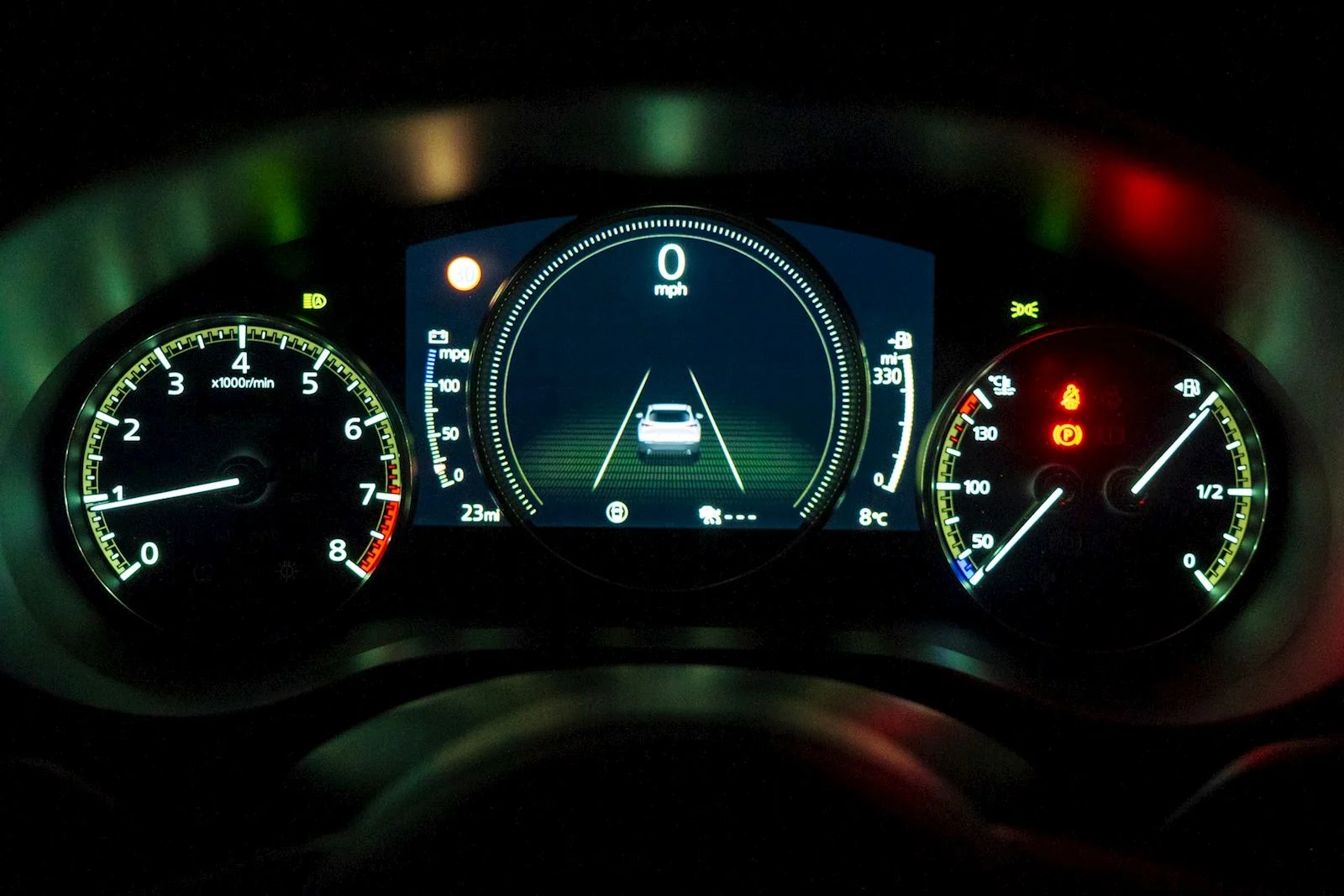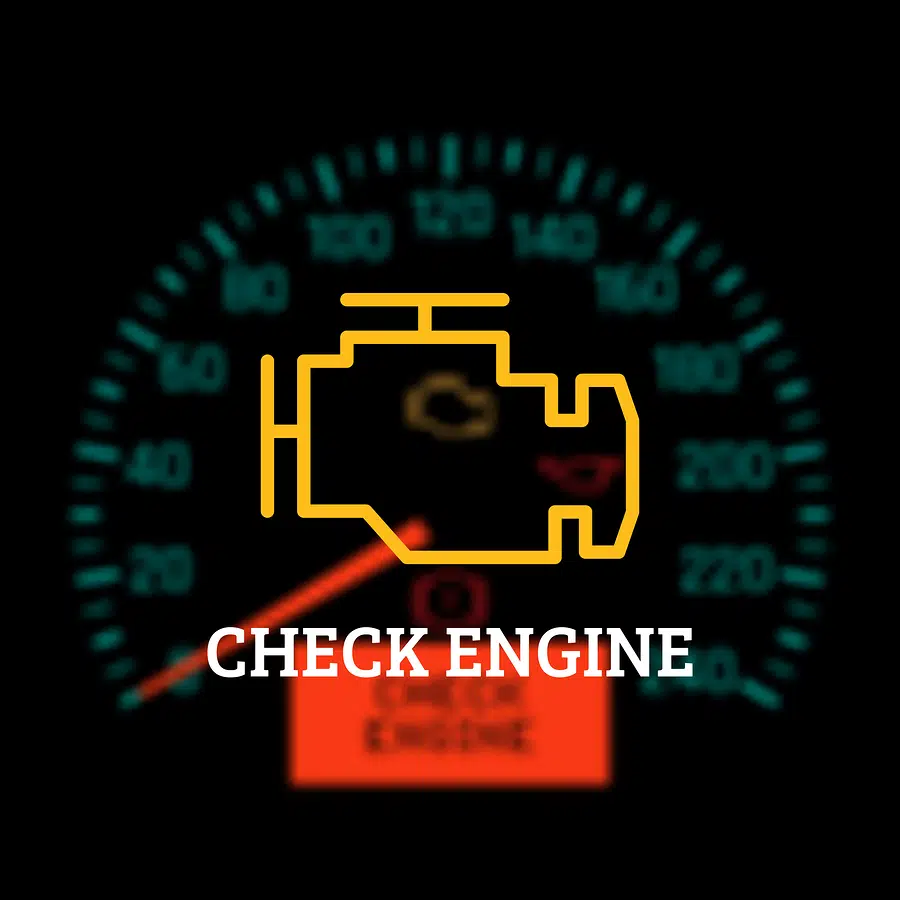We’ve all been there. You’re cruising down the road, music pumping, enjoying the drive, when a bright red exclamation point light pops up on your dashboard. Panic! Dread! What does it mean?!
Fear not, fellow drivers! That exclamation point, while seemingly ominous, is actually your car’s way of communicating a potential issue. But with a myriad of warning lights, deciphering their exact meaning can feel like trying to solve a cryptic puzzle.
This article will be your guide, helping you understand the most common exclamation point warning lights and what to do when you see them.

Tire Pressure Monitoring System (TPMS) Light:
This is perhaps the most frequently encountered exclamation point light. It resembles an exclamation point inside a horseshoe or circle. Breathe a sigh of relief! This light usually indicates low tire pressure in one or more of your tires.
Underinflated tires are not just bad for fuel efficiency; they can also be dangerous. Low pressure increases the tire’s contact with the road, leading to overheating and potential blowouts. So, when you see this light, pull over at a safe location and inflate your tires to the recommended pressure (check your car’s manual or the sticker on the driver’s side doorjamb for the specific PSI). Most gas stations have air pumps you can use for free.

Brake System Warning Light:
This light, often a red circle with an exclamation point, signifies a potential problem with your car’s braking system. This could be due to low brake fluid, worn-out brake pads, or a malfunctioning sensor. It’s crucial to address this issue immediately.
Here’s why: Your brakes are arguably the most important safety feature in your car. Don’t ignore this light! If you see it come on, pull over to a safe location and turn off your engine. Consult your car’s manual for specific instructions, but it’s generally recommended to have a qualified mechanic check your brake system as soon as possible. Driving with compromised brakes is extremely dangerous.

Anti-Lock Brake System (ABS) Warning Light:
The ABS light, typically an orange circle with “ABS” inscribed within it, indicates a problem with your Anti-Lock Brake System. This system helps prevent wheel lockup during hard braking, allowing you to maintain steering control. While not as critical as the brake system warning light, a faulty ABS can still affect your stopping ability.
If you see the ABS light come on, it doesn’t necessarily mean your brakes have failed entirely. However, your ABS functionality will be compromised. You can still drive the car, but exercise caution and increase following distances to allow for more braking time. It’s recommended to have the ABS system checked by a mechanic at your earliest convenience.

Power Steering Warning Light:
This light, often a steering wheel with an exclamation point, signifies a potential issue with your car’s power steering system. Power steering makes turning the wheel much easier, especially at low speeds.
If the power steering light comes on, you may notice the steering wheel feeling stiffer or requiring more effort to turn. While you can technically still drive the car, it will be much more difficult to maneuver, especially at low speeds and when parking.
Pull over to a safe location and turn off the engine. Consult your car’s manual for specific instructions, but it’s generally recommended to have a qualified mechanic check your power steering system as soon as possible. Driving with compromised power steering can be dangerous, especially in tight spaces or during emergency maneuvers.
Other Exclamation Point Lights:
There are various other exclamation point warning lights specific to certain car models or that indicate less critical issues. If you see an unfamiliar light, refer to your car’s owner’s manual for a detailed explanation. Alternatively, a quick internet search using the specific symbol and your car make and model should provide you with the information you need.

Include basic diagnostic techniques to narrow down possible causes
An exclamation point (!) light on your car dashboard usually indicates a warning about a system that needs attention. There are two common culprits for an exclamation point light:
Tire Pressure Monitoring System (TPMS) Warning:
This light, often an exclamation point inside a horseshoe, means your tire pressure is low in at least one tire.
- Basic Diagnostic: Pull over to a safe location and visually inspect your tires for any obvious deflation or damage. You can also refer to your car’s manual for the recommended tire pressure and use a tire pressure gauge (usually available at gas stations) to check each tire.
Brake System Warning:
This light, typically a red circle with an exclamation point, signifies an issue with your brakes.
- Basic Diagnostic: Check your brake fluid level in the reservoir under the hood (consult your car’s manual for location). If the fluid is low, it might indicate worn brake pads or a leak in the system. Do not add fluid unless your manual recommends it. Note: A low brake fluid level is a serious safety concern. If you suspect a brake issue, it’s important to have your car inspected by a qualified mechanic as soon as possible.
Additional Tips:
- Consult your car’s owner’s manual for a comprehensive guide to dashboard warning lights specific to your vehicle.
- If the exclamation point light is flashing or accompanied by other warning lights, it indicates a more serious issue and you should not drive the car. Call a tow truck or have it transported to a mechanic.
Remember, these are just basic checks. For a proper diagnosis and any repairs, it’s always best to consult a certified mechanic.
General Tips:
- Don’t ignore warning lights! They are there for a reason, and addressing them promptly can prevent minor issues from escalating into major repairs.
- Consult your car’s owner’s manual. It’s your best friend when it comes to understanding your car’s warning lights and recommended courses of action.
- If you’re unsure what a light means, err on the side of caution. Pull over to a safe location and consult your manual or a mechanic.
- Invest in a portable tire pressure gauge. This will allow you to regularly check your tire pressure and avoid the hassle of a low-pressure warning light.
By understanding your car’s warning lights, you can become a more informed and proactive driver. Remember, a little knowledge can go a long way in keeping you and your car safe on the road!





